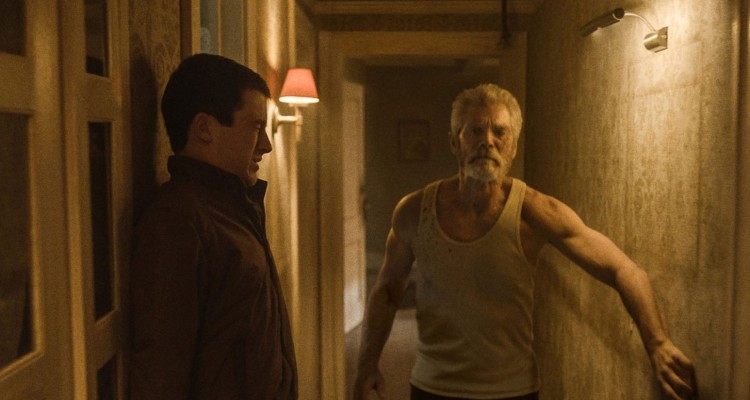One of the best films I’ve seen this year was made for $3 million, or approximately 2.2% of the $135 million it cost to make this summer’s Teenage Mutant Ninja Turtles 3D sequel.
This film, The Witch, grossed over $40 million, a whopping 13 times its modest budget. Meanwhile, Teenage Mutant Ninja Turtles made $242 million, a figure that looks large but, at less than twice what it cost to produce the film, decidedly isn’t.
Which film is the better investment?
The obvious answer is The Witch, an unassuming horror story set in 17th century New England, featuring archaic dialogue realistic to the time period. After the film killed it at last year’s Sundance Film Festival, it picked up a distributor and was released in February. The Witch demolished its box office projections.
The rags-to-riches story of The Witch is the story of many other horror films in 2016. As the Hollywood summer box office has floundered amid overhyped big-budget remakes and disappointing sequels, the horror genre has churned out hit after hit by sticking to low-budget films with (mostly) original stories. And it’s quietly been doing this, with relatively reliable success, for years.
the witch movie
A light in the dark. (The Witch, A24)
Just this weekend, the horror-thriller Don’t Breathe (pictured above) dominated box offices, grossing $26 million in the United States, more than double the second-place finisher (Suicide Squad). By the way, Don’t Breathe was made for only $10 million—and earned that back on its opening night alone. Suicide Squad cost $175 million.
Don’t Breathe follows other low-budget horror films, including The Shallows, Lights Out, and The Purge: Election Year (none made for more than $18 million) that profited big time at the box office. Even The Conjuring 2, the horror genre equivalent of a mainstream, big-budget sequel, only cost $40 million to make and grossed $320 million. The Legend of Tarzan, a 3D remake of the classic Edgar Rice Burroughs story, cost over four times as much to produce and made only a few million more.
And that’s just this year. There have been dozens of similarly successful horror films in the last five years, from It Follows to The Gift. The phenomenon arguably dates back to 1999, when The Blair Witch Project was cobbled together for $60,000, and grossed nearly $250 million—a cool 400,000% return.
In recent years, the horror production company Blumhouse Productions has led the charge, delivering low-budget hits that regularly top box office lists, including the Paranormal Activity and The Purge series. (The original Paranormal Activity, in 2009, made $193 million on a $15,000 budget, and each subsequent film in the series has grossed at least $140 million on no more than a $5 million budget.)
Aside from generally being more cost-efficient than the average Hollywood action blockbuster, the horror genre has a loyal, borderline fanatical following. Studios can usually count on a significant portion of that audience to see these low-budget romps, and some of the bigger budget horror movies (relatively speaking) like The Conjuring, can pull in a much more diverse group of moviegoers.
While Hollywood loses its grip on young people (18-24-year-olds are abandoning the movie theater faster than any other age group), there’s no indication that the horror genre has suffered a similar fate. Younger audiences are more likely to seek out intense, thrilling experiences—an impulse that fades with age.
Hollywood at large is reluctant to embrace the same strategy, instead rolling the dice on more mediocre big-budget productions. Ultimately, despite these eye-popping returns on investment, horror’s overall slice of the pie isn’t big enough. In Variety, Brent Lang explains the horror genre’s method of moviemaking just doesn’t move the needle enough to satisfy the investors in the publicly traded companies that own most of the major film studios. These media conglomerates want huge franchises that can garner enormous windfalls in merchandising and licensing, and they’re willing to make a whole lot of bad sequels and remakes in order to find the one that becomes a global triumph.
The Witch might have made its budget back 13 times over, but in the grand scheme of Hollywood, that $37 million in profit is still chump change.


Leave a Reply